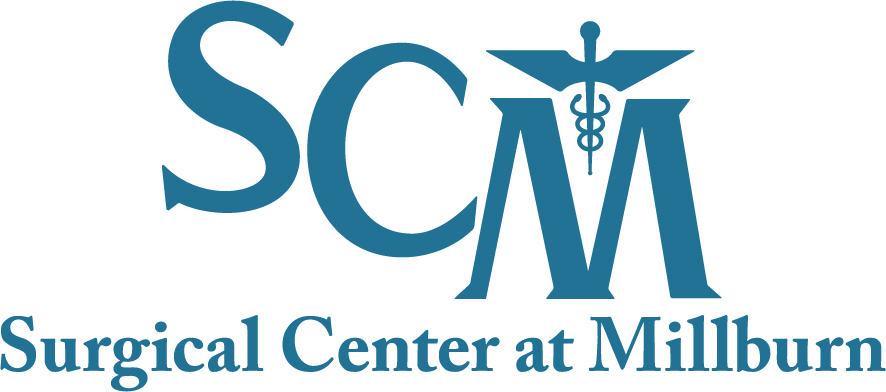Ultrasound
Overview: The Basics
Sometimes referred to as sonography, ultrasound imaging creates images of internal organs through the use of sound waves. It is a noninvasive medical test that helps physicians diagnose and treat medical conditions. The test is considered safe and painless, and does not expose the body to radiation. Ultrasound images can be captured in real time.
What to Expect: During the procedure
You will be instructed to lie down on an exam table. A gel will be applied to your abdomen to help transmit the sound waves. A transducer will be pressed against your abdomen and moved back and forth to create images of your internal organs.
Most patients don’t believe the ultrasound to be uncomfortable, but you may experience slight pressure as the transducer passes over your abdomen. You won’t hear anything when the images are taken, but they may be visible on a monitor in the room. The ultrasound should take about a half hour to complete.
What can be found?
Ultrasound examinations can help to diagnose a variety of conditions and to assess organ damage following illness. A gastroenterologist may order an ultrasound to help to determine:
- the cause of abdominal pain
- detect gallbladder or kidney stones
- identify the cause of abnormal blood tests, or monitor tumors.
What happens afterwards?
After an ultrasound examination, you should be able to resume your normal activities immediately.
How to Prepare
You may be asked to not eat or drink for 6 to 8 hours before the procedure. You should wear comfortable, loose-fitting clothing for your ultrasound exam. You may need to remove all clothing and jewelry in the area to be examined.
